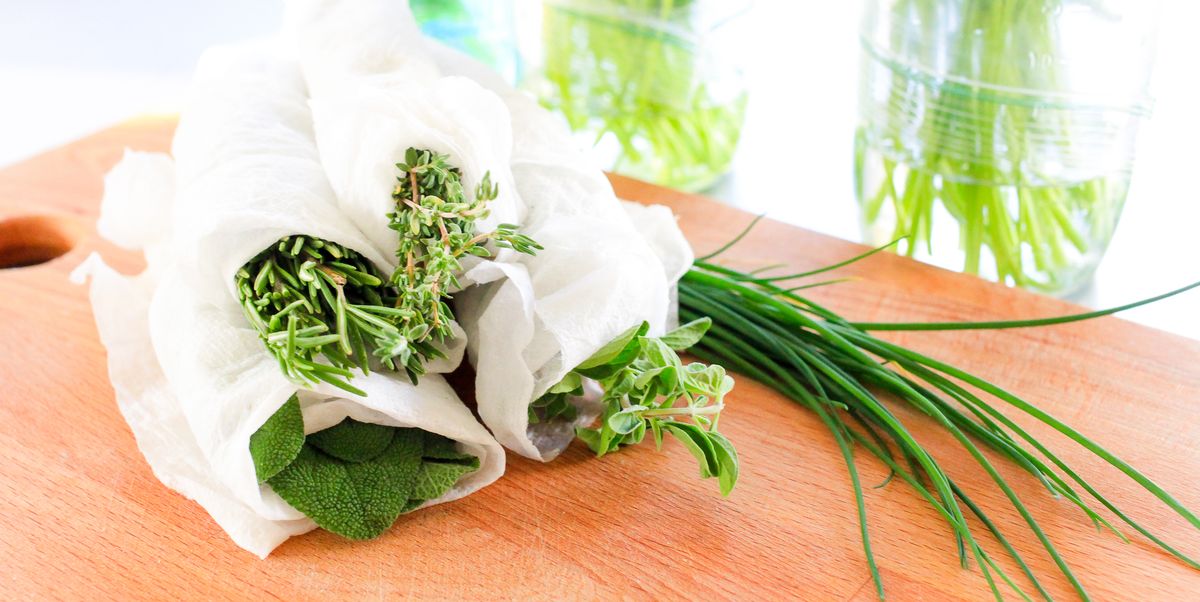

Articles
How To Store Fresh Herbs Long-Term
Modified: December 7, 2023
Discover the best methods and tips to store fresh herbs for long-term use with our informative articles. Save money and reduce waste with proper herb storage techniques.
(Many of the links in this article redirect to a specific reviewed product. Your purchase of these products through affiliate links helps to generate commission for Storables.com, at no extra cost. Learn more)
Introduction
When it comes to cooking with fresh herbs, there’s nothing quite like the taste and aroma they bring to a dish. However, if you find yourself with an abundance of fresh herbs and don’t want them to go to waste, it’s important to properly store them for long-term use.
Understanding how to store fresh herbs correctly can help you extend their shelf life and retain their flavor and nutritional benefits for weeks or even months. In this article, we’ll explore various methods for storing fresh herbs, ranging from refrigeration to freezing, drying, and even preserving them in oil or vinegar. By following these tips, you’ll be able to make the most of your fresh herbs and enjoy their vibrant flavors all year round.
Before diving into the different storage methods, it’s important to have a basic understanding of the shelf life of fresh herbs. Most fresh herbs, such as basil, parsley, cilantro, and dill, have a relatively short shelf life and can wilt and lose their flavor quickly if not stored properly. On the other hand, hardy herbs like rosemary, thyme, and sage can last longer.
Now that we have a clear understanding of the importance of storing fresh herbs correctly, let’s explore the different methods you can use to preserve the freshness and flavor of your herbs.
Key Takeaways:
- Preserve the vibrant flavors of fresh herbs year-round by refrigerating delicate herbs, freezing hardy herbs, drying low-moisture herbs, infusing herbs in oil or vinegar, and creating herb-infused salts or butter. Experiment with different methods to elevate your culinary creations.
- Extend the shelf life of fresh herbs and minimize waste by choosing the right storage method based on the herb’s characteristics. Whether it’s refrigeration, freezing, drying, or infusing in oil or vinegar, there are creative ways to savor the essence of herbs in your dishes.
Read more: How To Store Fresh Herbs Long Term
Understanding the Shelf Life of Fresh Herbs
Before discussing how to store fresh herbs, it is essential to understand their typical shelf life. Different herbs have varying degrees of freshness and longevity, so knowing their characteristics can help determine the best storage method.
Most fresh herbs are delicate and highly perishable, typically lasting only a few days to a week. These include herbs like basil, cilantro, parsley, and dill. These herbs have tender leaves and stems, which makes them more prone to wilting and losing their flavor quickly.
On the other hand, hardy herbs such as rosemary, thyme, sage, and oregano have a longer shelf life. These herbs have woody stems and sturdy leaves, allowing them to withstand storage for a longer period. While they may dry out over time, they retain much of their flavor and can be used in various culinary applications.
Another factor affecting the shelf life of fresh herbs is the condition they are in when purchased. Look for herbs that are vibrant in color, with firm leaves and no signs of wilting or discoloration. Freshness at the time of purchase contributes to the overall longevity of the herbs.
It is also important to note that once herbs are picked, they start to lose their flavor and nutrients. The goal of storing fresh herbs is to slow down this process to maximize their freshness and taste. By choosing the right storage method, you can extend the shelf life of your herbs and minimize waste.
In the following sections, we will explore different storage methods that will help you preserve the freshness and flavor of your fresh herbs. Whether you have an abundant herb garden or have bought a bunch from the grocery store, these methods will ensure that your herbs stay fresh and can be enjoyed for an extended period.
Choosing the Right Storage Method
When it comes to storing fresh herbs, there isn’t a one-size-fits-all approach. Different herbs require different storage methods to maintain their freshness and flavor. Factors such as the herb’s moisture content, delicate nature, and intended use will help determine the most suitable storage method.
Here are some key considerations when choosing the right storage method for your fresh herbs:
- Refrigeration: Refrigeration is ideal for delicate herbs like basil, cilantro, and parsley. It helps to slow down the wilting process and extend their shelf life. However, it’s crucial to store them properly to prevent moisture buildup.
- Freezing: Freezing herbs is a great option if you want to preserve their flavor and appearance for an extended period. It works well for hardy herbs like rosemary, thyme, and sage. Freezing can be done whole, chopped, or even made into herb-infused ice cubes.
- Drying: Drying herbs is a traditional method of preservation. It works best for herbs with low moisture content, such as oregano, marjoram, and bay leaves. Dried herbs can be used in cooking or homemade spice blends.
- Preserving in oil or vinegar: Immersing herbs in oil or vinegar not only preserves their freshness but also imparts their flavors into the liquid. This method works well with herbs like rosemary, thyme, and chili peppers. The infused oil or vinegar can be used in dressings, marinades, or as a flavorful drizzle.
- Herb-infused salts or herb butter: Another creative way to store herbs is by incorporating them into herb-infused salts or butter. Herb-infused salts add an extra punch of flavor to your dishes, while herb butter can be used as a spread or to enhance the taste of cooked meats and vegetables.
Consider the characteristics of the herb you are working with and the intended use when selecting a storage method. Some herbs may work well with multiple storage methods, allowing you to choose the one that best suits your preference and culinary needs.
Now that we understand the importance of choosing the right storage method for fresh herbs, let’s explore each method in detail to learn how to properly store herbs for long-term use.
Method 1: Refrigerating Fresh Herbs
Refrigeration is a popular method for storing delicate herbs like basil, cilantro, and parsley. This method helps slow down the wilting process and keep the herbs fresh for a longer period.
Here’s how to properly refrigerate fresh herbs:
- Start by gently washing the herbs under cold water to remove any dirt or debris. Gently pat them dry using a clean kitchen towel or paper towels.
- If the herbs are sold in a bunch with stems, trim the ends of the stems. This step encourages water absorption and helps keep the herbs hydrated.
- Prepare a container or a jar with a few inches of water. Place the herb bunch in the container with the cut ends submerged in water, similar to how you would keep flowers in a vase.
- Cover the herbs loosely with a plastic bag or place a damp paper towel over them to create a humid environment. This helps maintain moisture and prevents drying out.
- Store the container in the refrigerator’s vegetable drawer or on a shelf where it won’t get squished. Make sure the temperature is set to a moderate level, usually around 40°F (4°C).
- Check the herbs regularly and change the water every few days to ensure freshness. If any leaves start to wilt or turn brown, remove them to prevent them from spoiling the rest of the herbs.
This method can help keep delicate herbs fresh for up to a week or even longer, depending on the herb and its freshness at the time of purchase. Remember to use the herbs as soon as possible for the best flavor and taste.
Refrigerating herbs works best for herbs like basil, cilantro, parsley, dill, and mint. However, it may not be suitable for all herbs. Certain herbs, like rosemary and thyme, have a hardier nature and may not benefit from refrigeration. For these herbs, consider alternative storage methods such as freezing or drying.
By refrigerating fresh herbs properly, you can prolong their shelf life and ensure that you always have fresh herbs on hand to enhance the flavors of your culinary creations.
Method 2: Freezing Fresh Herbs
Freezing herbs is an excellent method for preserving their freshness and flavor, especially for hardy herbs like rosemary, thyme, sage, and oregano. Freezing herbs allows you to enjoy their taste and aroma even when they are out of season.
Here’s a step-by-step guide on how to freeze fresh herbs:
- Wash and dry the herbs: Start by washing the herbs under cold water to remove any dirt or debris. Gently pat them dry using a clean kitchen towel or paper towels. Make sure the herbs are completely dry before proceeding with the freezing process.
- Choose the freezing method: There are a few different methods for freezing herbs, depending on how you plan to use them. You can freeze them whole, chop them, or make herb-infused ice cubes.
- Freezing whole herbs: If you prefer to freeze the herbs whole, carefully place them in a freezer-safe bag or an airtight container. Label the container with the herb type and the date.
- Chopping herbs: If you plan to use the herbs in cooked dishes or recipes that require chopped herbs, it’s best to chop them before freezing. Finely chop the herbs and place them in a freezer-safe bag or container. Flatten the bag or container to remove any excess air and seal it tightly.
- Herb-infused ice cubes: Herb-infused ice cubes are a great way to add a burst of flavor to soups, stews, and sauces. Chop the herbs and place them in an ice cube tray. Fill each compartment with water or olive oil and freeze. Once frozen, transfer the herb-infused cubes to a freezer bag for easy storage.
- Store in the freezer: Place the freezer-safe bags or containers in the freezer, making sure they lay flat to maximize freezer space. Store them away from strong-smelling foods to prevent cross-contamination of flavors.
- Thawing and using frozen herbs: When you need to use the frozen herbs, simply remove the desired amount from the freezer and thaw them. Use them in recipes as you would with fresh herbs. Keep in mind that freezing may slightly alter the texture of the herbs, but their flavor and aroma will still be preserved.
Freezing herbs allows you to preserve their flavor for several months. It’s an excellent option if you have an abundance of fresh herbs and want to ensure they don’t go to waste. Experiment with different freezing methods to find the one that works best for your culinary needs.
Remember to properly label the frozen herbs with the herb type and date to keep track of freshness. This way, you’ll always have a supply of flavorful herbs on hand, even during the off-season.
To store fresh herbs long-term, try freezing them in ice cube trays with a little water or olive oil. This will preserve their flavor and make them easy to use in cooking.
Read more: How To Store Herbs Long Term
Method 3: Drying Fresh Herbs
Drying herbs is a traditional method of preserving them for long-term use. This method works well for herbs with low moisture content, such as oregano, marjoram, thyme, and bay leaves. Dried herbs can be used in cooking, spice blends, teas, or infusions.
Here’s a step-by-step guide on how to dry fresh herbs:
- Harvest the herbs: Start by harvesting the herbs in the morning when their essential oils are at their peak. Choose herbs that are free from pests, diseases, and damage. If necessary, gently wash the herbs under cold water, making sure to pat them thoroughly dry.
- Bundle the herbs: Gather small bunches of herbs, tying them together with a string or twist tie. Make sure the bundles aren’t too thick to allow for proper airflow during the drying process. Alternatively, you can use a drying rack or hang the herbs upside down in a well-ventilated area.
- Hang the bundles: Hang the herb bundles upside down in a warm, dry place with good air circulation. A well-ventilated room or a shaded outdoor area works well for drying herbs. Avoid direct sunlight, as it can cause the herbs to lose their color and flavor.
- Keep the herbs dry: It’s important to keep the herbs dry throughout the drying process to prevent mold or mildew. Ensure that the drying space has low humidity and is free from moisture. You can place a paper bag over the herbs to catch any fallen leaves or seeds.
- Allow time for drying: The drying process may take anywhere from a few days to a couple of weeks, depending on the herb and the drying conditions. The herbs are ready when they are crumbly and the leaves easily fall off the stems.
- Store the dried herbs: Once completely dried, remove the leaves from the stems and crumble them into smaller pieces. Store the dried herbs in airtight containers, such as glass jars, and label them with the herb name and date. Keep the containers in a cool, dark place away from direct sunlight and humidity.
- Using dried herbs: When using dried herbs in recipes, remember that they are more concentrated than fresh herbs. You will need to use smaller amounts to achieve the desired flavor. Crush the dried herbs between your fingers or use a mortar and pestle to release their aroma before adding them to your dishes.
Drying fresh herbs allows you to enjoy their flavors and aromas throughout the year. It’s a simple and effective method of preserving herbs when they are plentiful, allowing you to add a burst of flavor to your dishes even when fresh herbs are not readily available.
Experiment with different herbs and drying techniques to find the ones that work best for your culinary preferences. With dried herbs on hand, you’ll never have to compromise on taste when cooking your favorite dishes.
Method 4: Preserving Fresh Herbs in Oil or Vinegar
If you’re looking for a creative way to preserve fresh herbs and infuse their flavors into your dishes, preserving them in oil or vinegar is an excellent option. This method not only extends the shelf life of the herbs but also creates flavorful infusions that can enhance a variety of recipes.
Here’s how to preserve fresh herbs in oil or vinegar:
- Prepare the herbs: Start by gently washing the herbs under cold water to remove any dirt or debris. Pat them dry using a clean kitchen towel or paper towels. Make sure the herbs are completely dry before proceeding.
- Choose your oil or vinegar: Select a high-quality oil, such as extra-virgin olive oil or a neutral oil like grapeseed or sunflower oil. For vinegar, consider using a mild variety like white wine vinegar or apple cider vinegar. The choice of oil or vinegar will impact the flavor of the final infusion.
- Decide herb-oil or herb-vinegar infusion: Decide whether you want to create herb-infused oil or herb-infused vinegar. The method remains the same, but the end result will have different applications in your cooking.
- Prepare the herbs and container: Remove the herb leaves from the stems and roughly chop them. Place the herbs in a clean, dry glass jar. Keep in mind that fresh herbs can introduce moisture, so ensure that your jar is thoroughly dried before use.
- Add the oil or vinegar: Pour the oil or vinegar over the herbs, ensuring they are fully submerged. If making herb-infused oil, make sure all the herbs are covered by the oil. For herb-infused vinegar, you can fill the jar with vinegar, leaving some space at the top.
- Infusion time and storage: Seal the jar tightly and store it in a cool, dark place for at least a week to allow the flavors to meld. The longer the infusion time, the stronger the flavor will be. Shake the jar occasionally to distribute the flavors. After the infusion period, strain the oil or vinegar to remove the herb solids, if desired.
- Using herb-infused oil or vinegar: Herb-infused oil or vinegar can be used in salad dressings, marinades, dips, or as a drizzle over cooked meats, vegetables, or even bread. They add a burst of flavor and a touch of elegance to your dishes.
Preserving fresh herbs in oil or vinegar not only extends their shelf life but also allows you to enjoy the essence of the herbs in various culinary creations. Experiment with different herb and oil or vinegar combinations to discover your favorite flavor profiles.
Remember to store the infused oil or vinegar in a cool, dark place, away from direct sunlight and heat. Properly stored, herb-infused oil can last for several weeks, while herb-infused vinegar can be stored for several months.
Get creative with your herb combinations and enjoy the vibrant flavors that herb-infused oil or vinegar can bring to your dishes.
Method 5: Making Herb-infused Salts or Herb Butter
If you’re looking to add a burst of flavor to your dishes and enhance their taste, making herb-infused salts or herb butter is a fantastic option. These creations not only preserve the freshness of the herbs but also create versatile ingredients that can elevate a wide range of recipes.
Here’s how to make herb-infused salts or herb butter:
- Prepare the herbs: Begin by washing the herbs under cold water to remove any dirt or debris. Pat them dry using a clean kitchen towel or paper towels. Ensure that the herbs are completely dry before proceeding.
- Making herb-infused salts:
- Grind the desired amount of herbs in a mortar and pestle or pulse them in a food processor until finely minced.
- Mix the herbs with your chosen salt, such as sea salt or kosher salt, in a small bowl. Adjust the ratio of herbs to salt to suit your taste preferences.
- Spread the mixture out onto a baking sheet lined with parchment paper and let it air dry for a few hours or gently dry it in a low-temperature oven.
- Once the herb-infused salt is dry, transfer it to an airtight container and label it with the herb name and date. Use it as a flavorful seasoning in your cooking or as a finishing touch to your dishes.
- Making herb butter:
- Soften unsalted butter at room temperature until it is easy to work with.
- Chop the herbs finely and mix them into the softened butter. You can experiment with different herb combinations and adjust the quantity based on your preference.
- Once the herbs are well incorporated into the butter, shape the mixture into a log or a small mold and wrap it tightly in plastic wrap or store it in an airtight container.
- Refrigerate the herb butter until firm. You can then slice or melt it onto grilled meats, vegetables, bread, or use it as a flavorful base for sauces and dressings.
Herb-infused salts and herb butter are versatile ingredients that can add depth and complexity to your dishes. They offer a convenient and flavorful way to incorporate herbs into your cooking, allowing you to enjoy the fresh herb flavors even when they’re not in season.
Store herb-infused salts in a cool, dark place, away from moisture and heat, to maintain their flavor. Herb butter can be stored in the refrigerator for up to a week or in the freezer for longer-term storage.
Experiment with different herbs, spices, and flavor combinations to create herb-infused salts and herb butter that perfectly complement your favorite recipes.
Conclusion
Knowing how to properly store fresh herbs is essential for maximizing their shelf life and enjoying their vibrant flavors all year round. Whether you have an overflowing herb garden or just purchased a bunch of herbs from the store, there are various methods you can use to preserve their freshness and taste.
Refrigeration is an excellent option for delicate herbs like basil, cilantro, and parsley. By keeping them properly hydrated and stored in a humid environment, you can extend their shelf life in the refrigerator for up to a week.
Freezing herbs is a versatile method that works well for hardy herbs like rosemary, thyme, sage, and oregano. Whether you choose to freeze them whole, chop them, or create herb-infused ice cubes, freezing allows you to preserve their flavors and use them in your recipes anytime you need them.
Drying herbs is a traditional method that works best for herbs with low moisture content, such as oregano, marjoram, and bay leaves. Dried herbs can be used in cooking, spice blends, teas, or infusions, providing you with flavorful options even when fresh herbs are not readily available.
Preserving fresh herbs in oil or vinegar adds a delightful touch to your culinary creations. Whether you choose herb-infused oil or herb-infused vinegar, this method locks in the essence of the herbs and allows you to enjoy their flavors in dressings, marinades, dips, and more.
Making herb-infused salts or herb butter is a creative way to preserve herbs and enhance the taste of your dishes. By infusing salt with herbs or mixing herbs into butter, you create versatile ingredients that can elevate various recipes and add a burst of flavor.
With these methods at your disposal, you can preserve the freshness and taste of your herbs, reducing waste and ensuring that you always have flavorful herbs on hand to elevate your culinary creations.
Experiment with different herbs, storage techniques, and flavor combinations to make the most of your fresh herbs. Remember to label and store your preserved herbs properly to maintain their quality. By incorporating these storage methods into your herb preservation routine, you can enjoy the vibrant flavors of fresh herbs no matter the season.
Frequently Asked Questions about How To Store Fresh Herbs Long-Term
Was this page helpful?
At Storables.com, we guarantee accurate and reliable information. Our content, validated by Expert Board Contributors, is crafted following stringent Editorial Policies. We're committed to providing you with well-researched, expert-backed insights for all your informational needs.
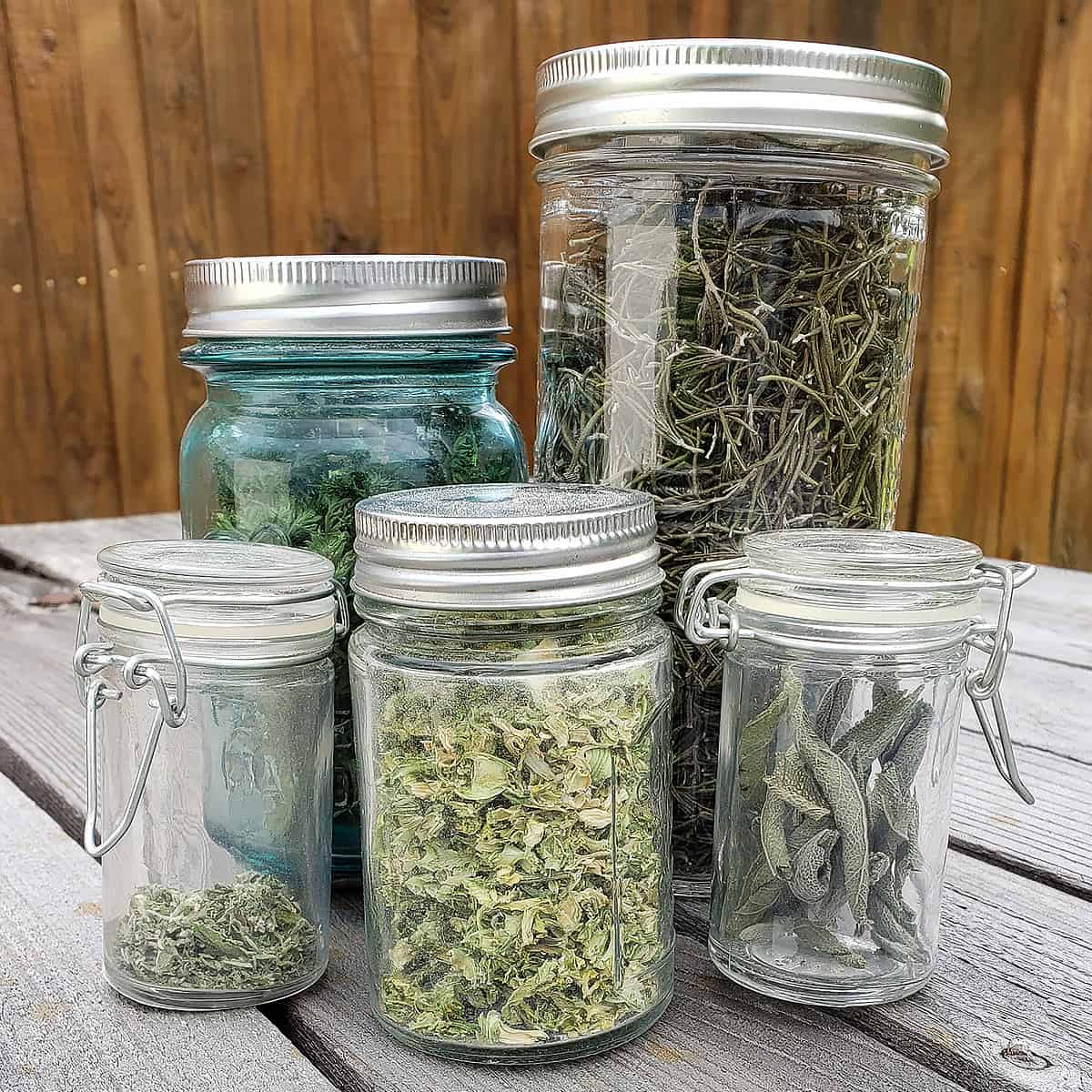
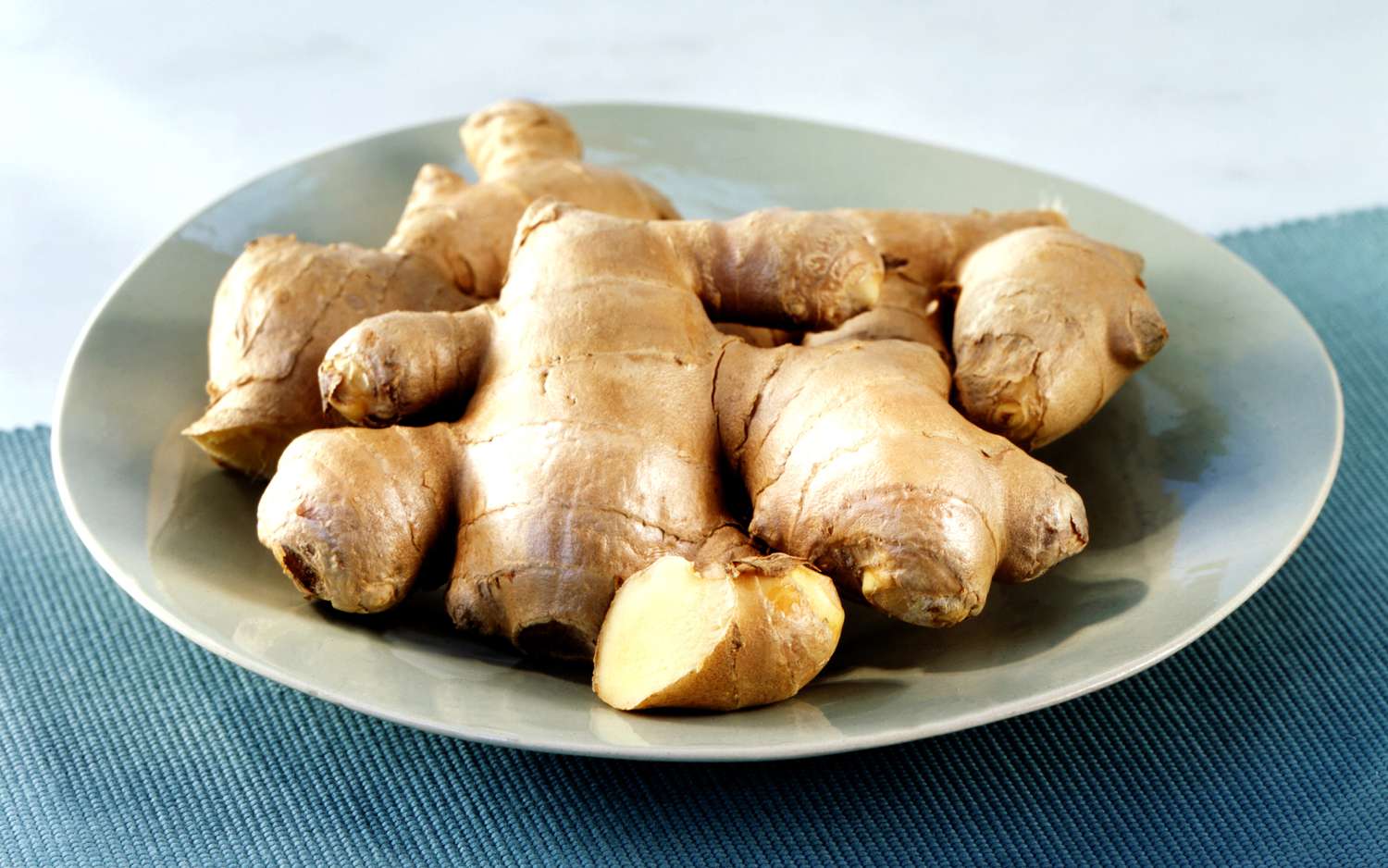
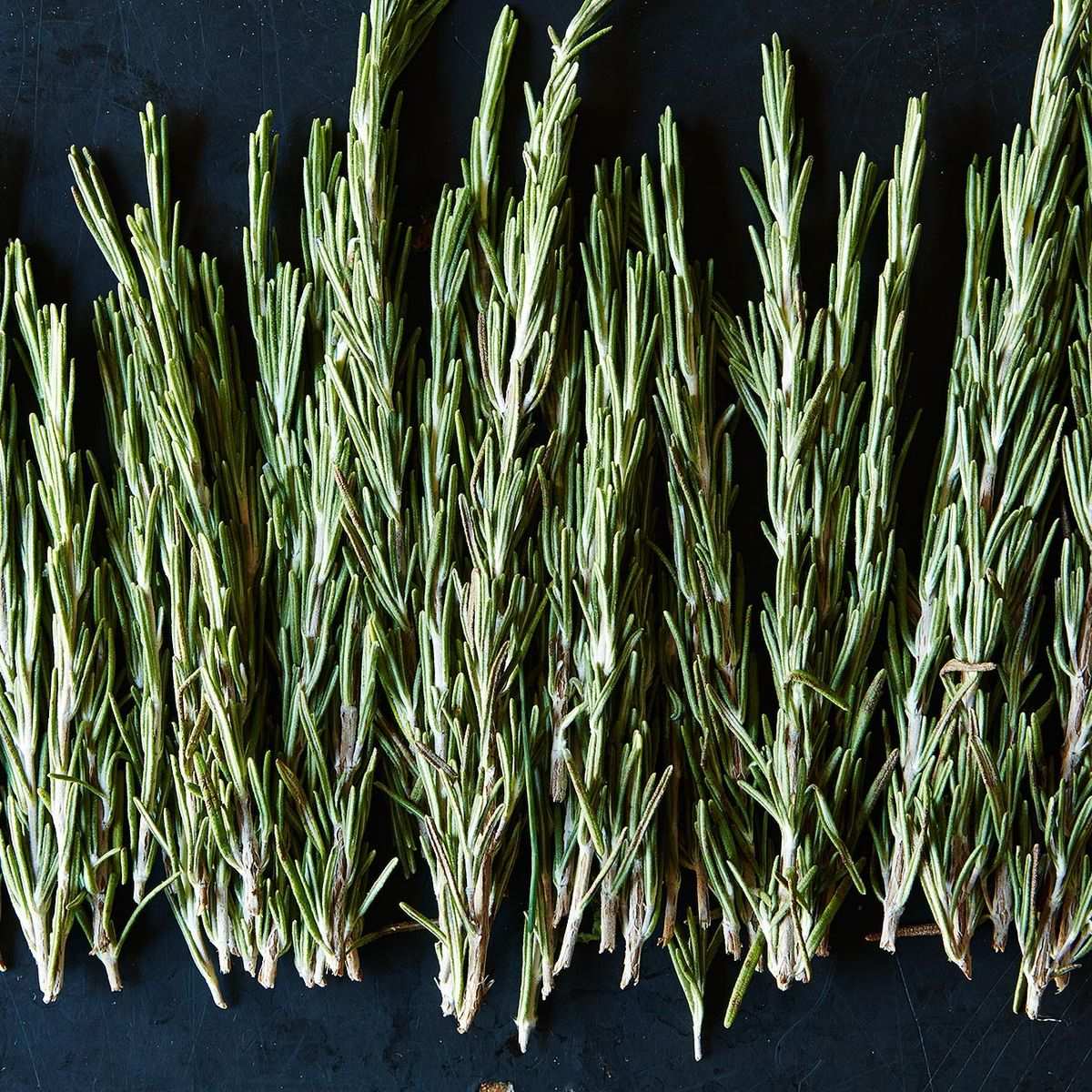
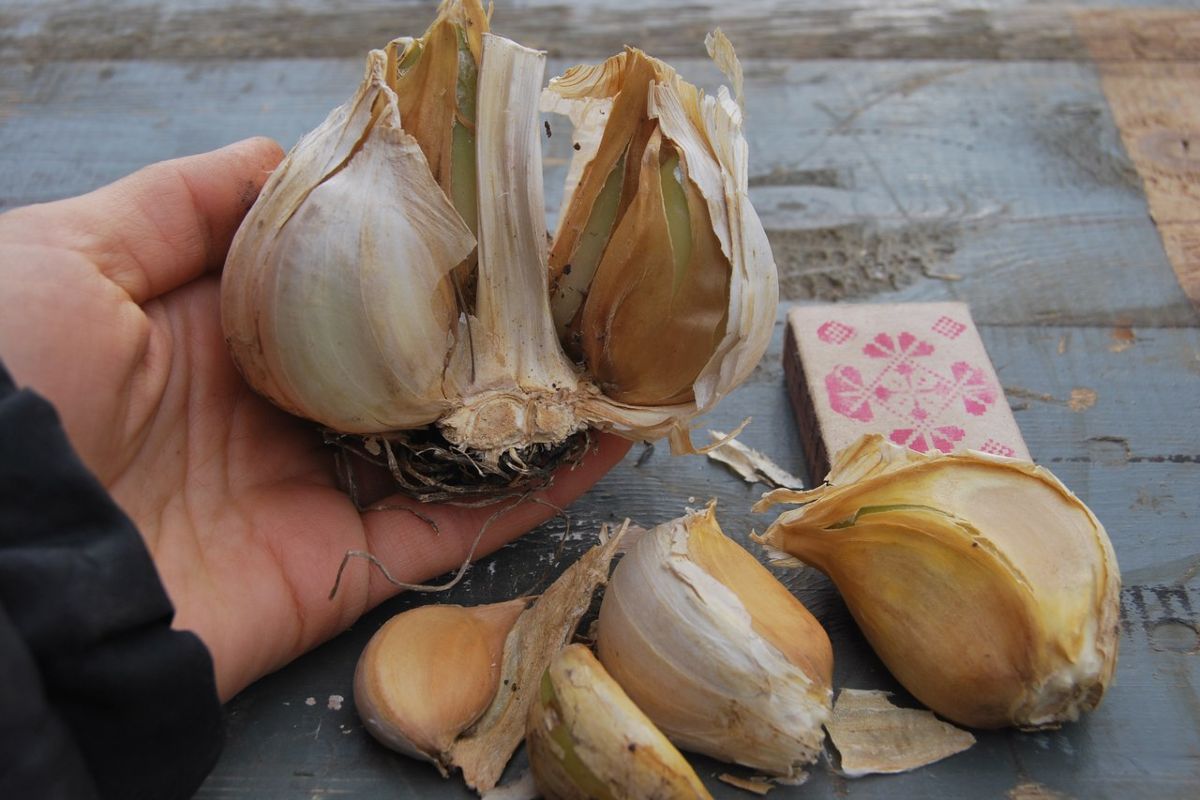
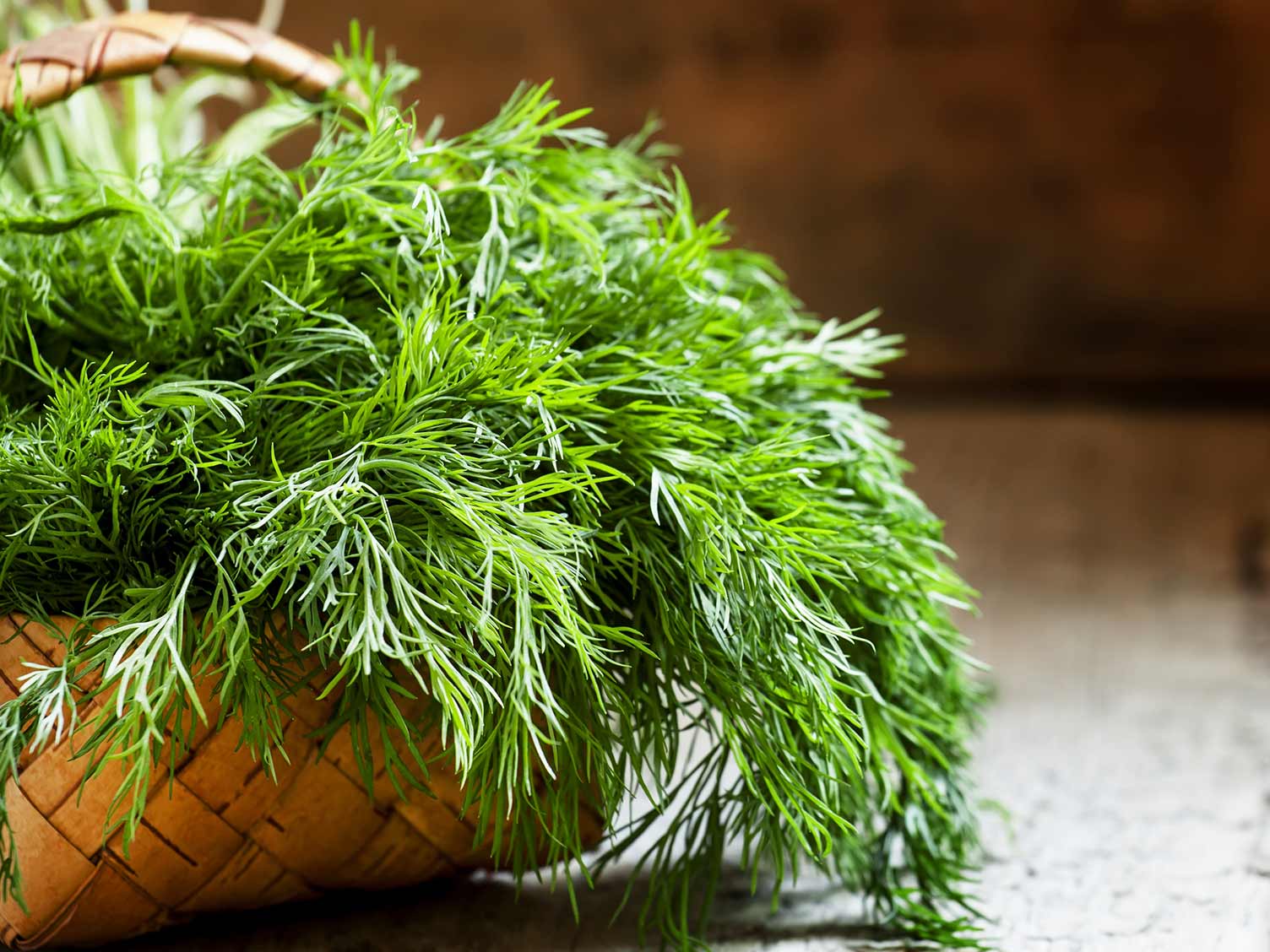
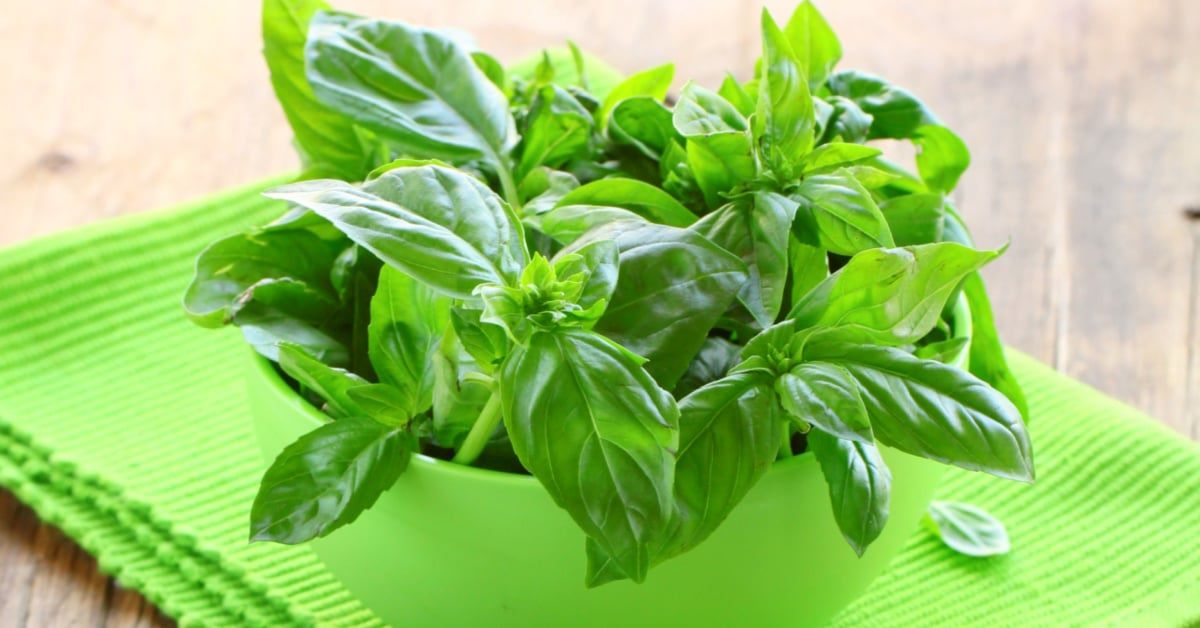
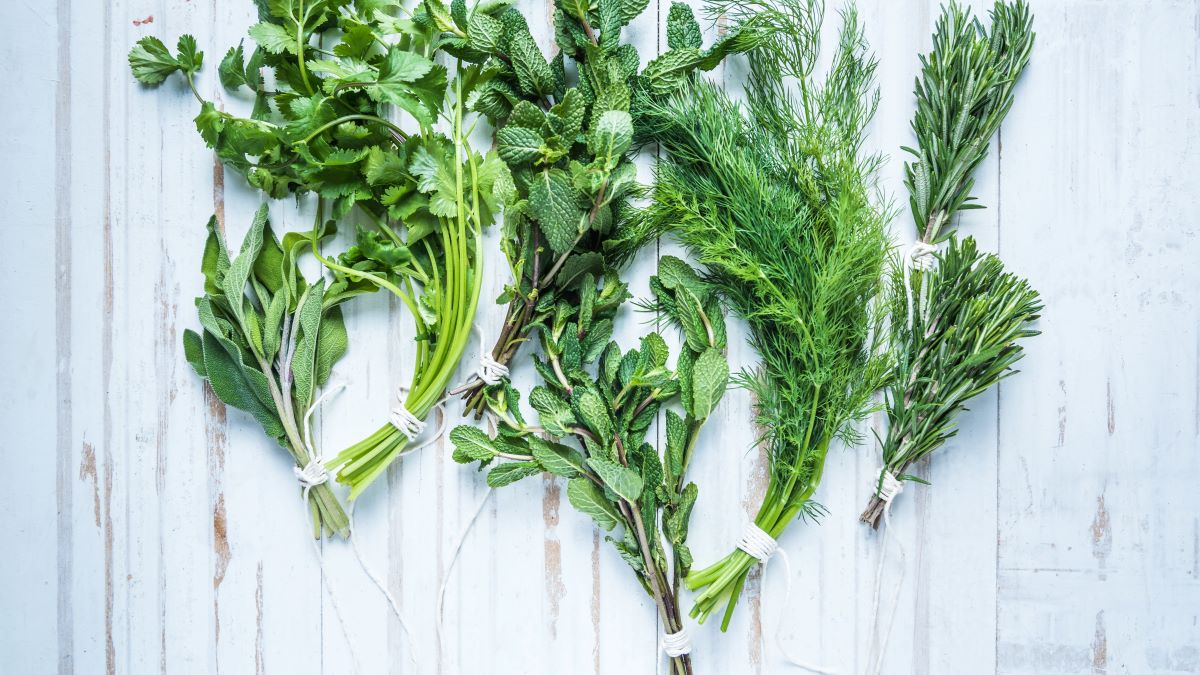
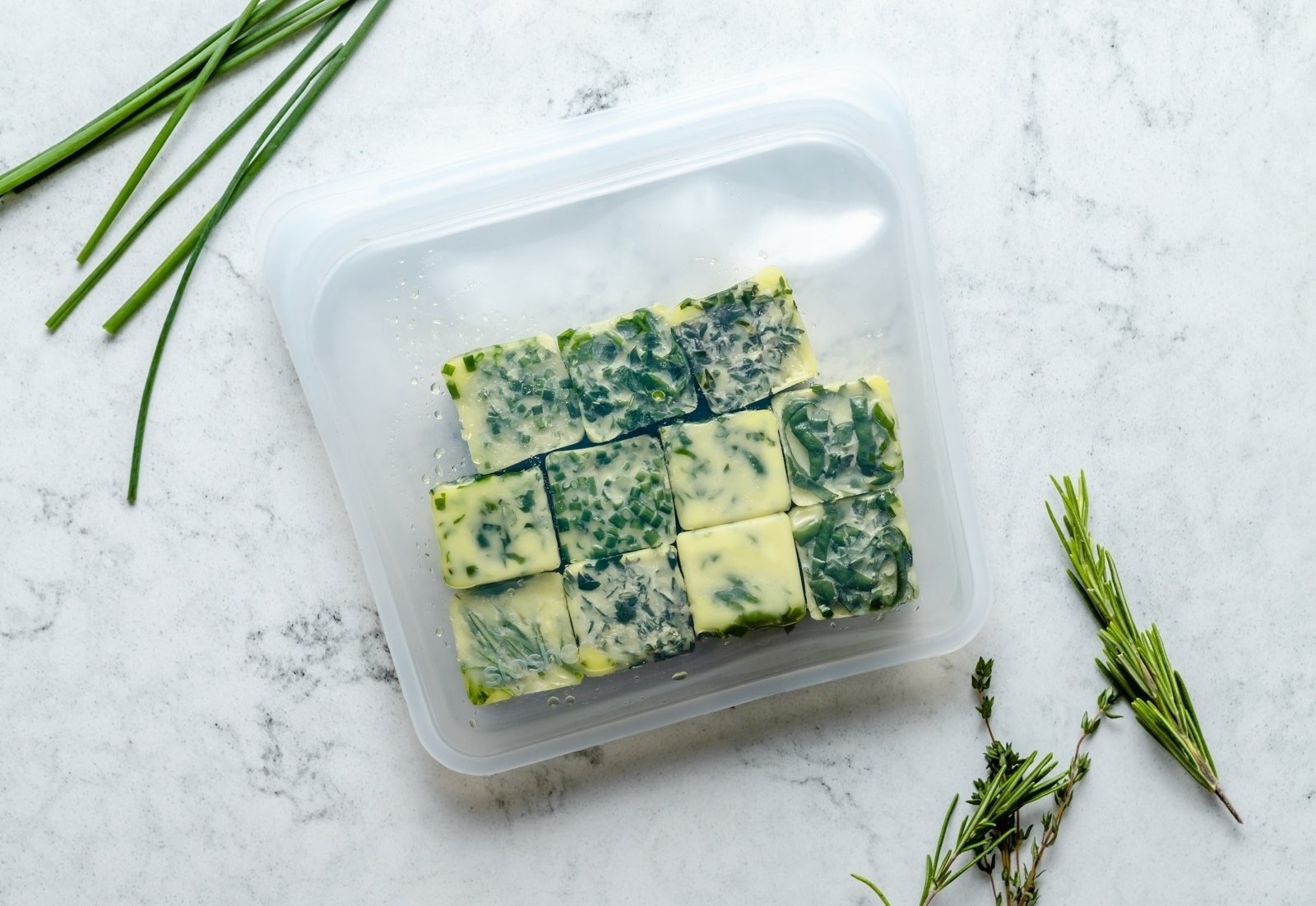
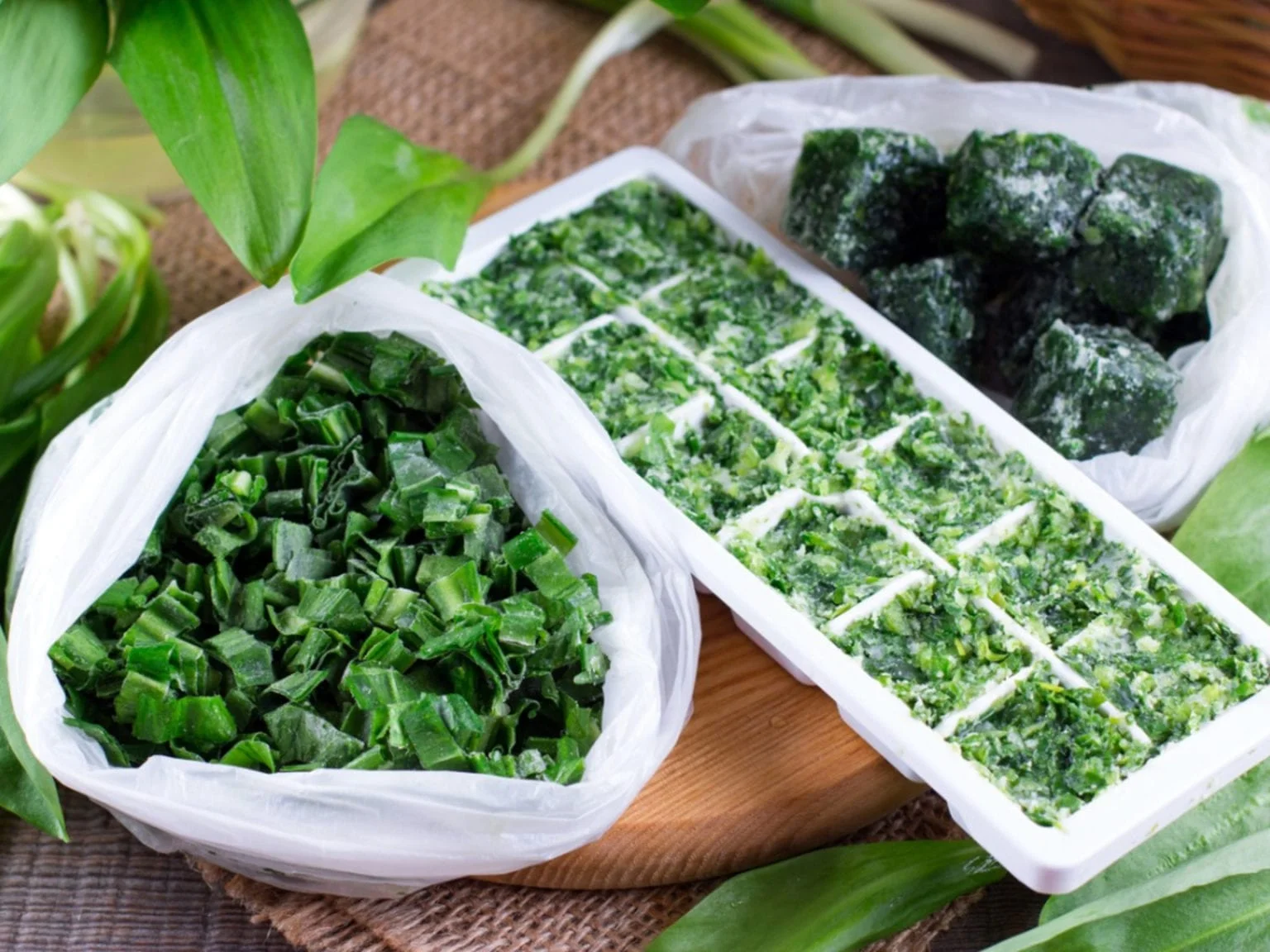

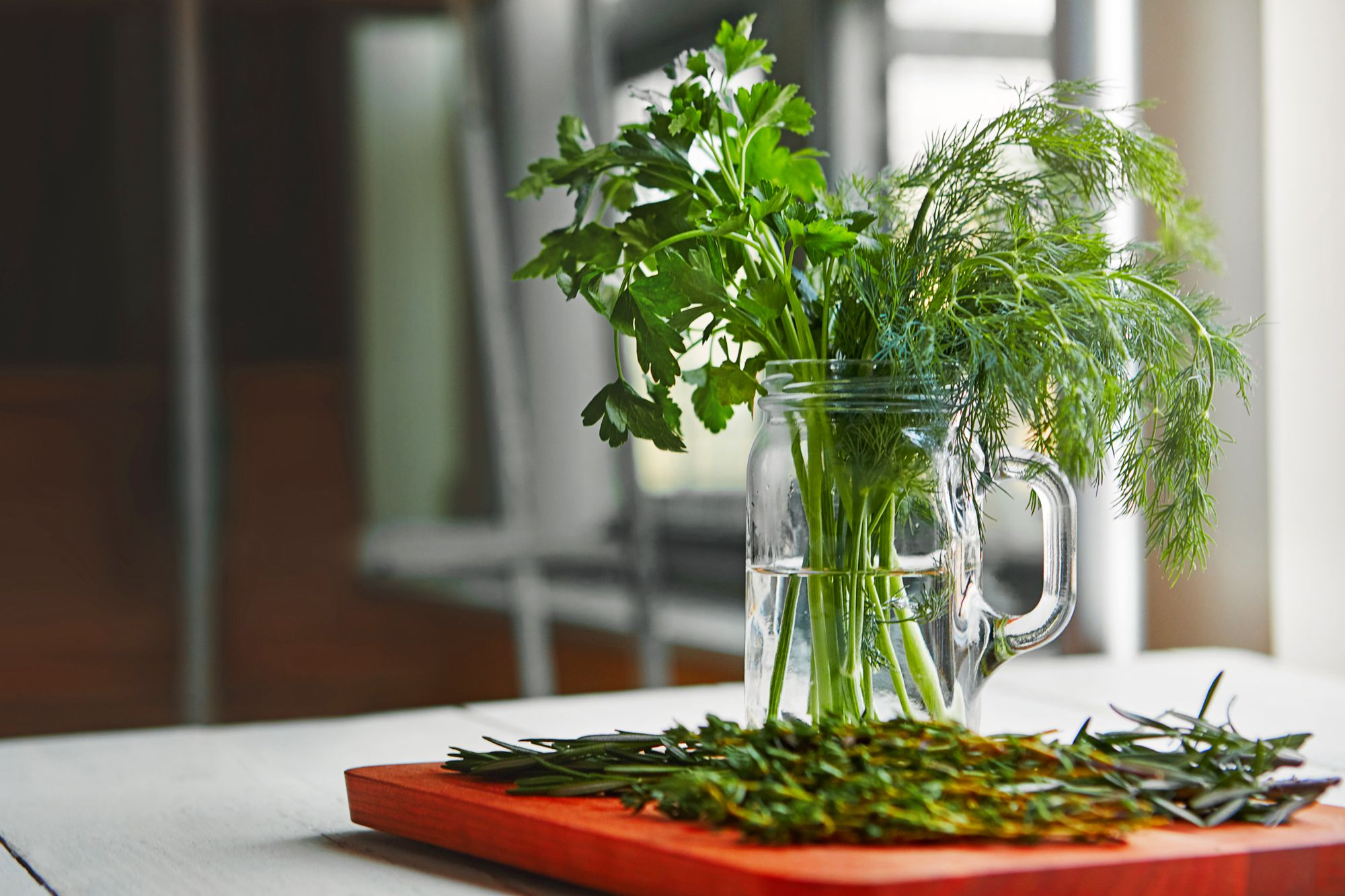




0 thoughts on “How To Store Fresh Herbs Long-Term”